AI Art
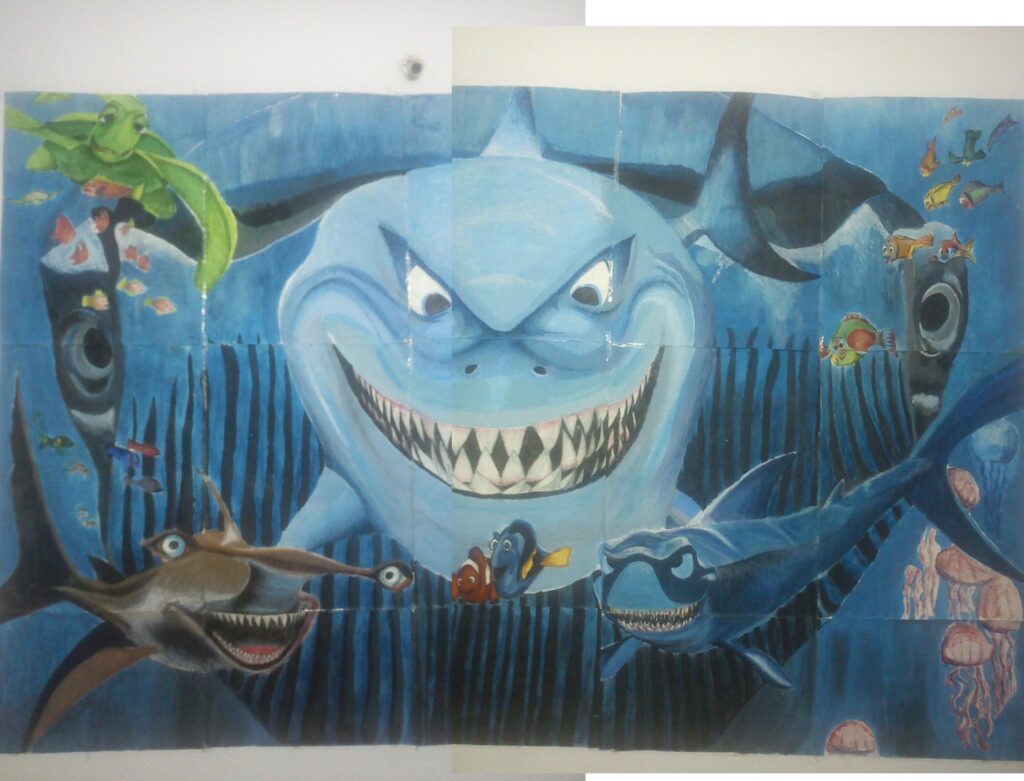
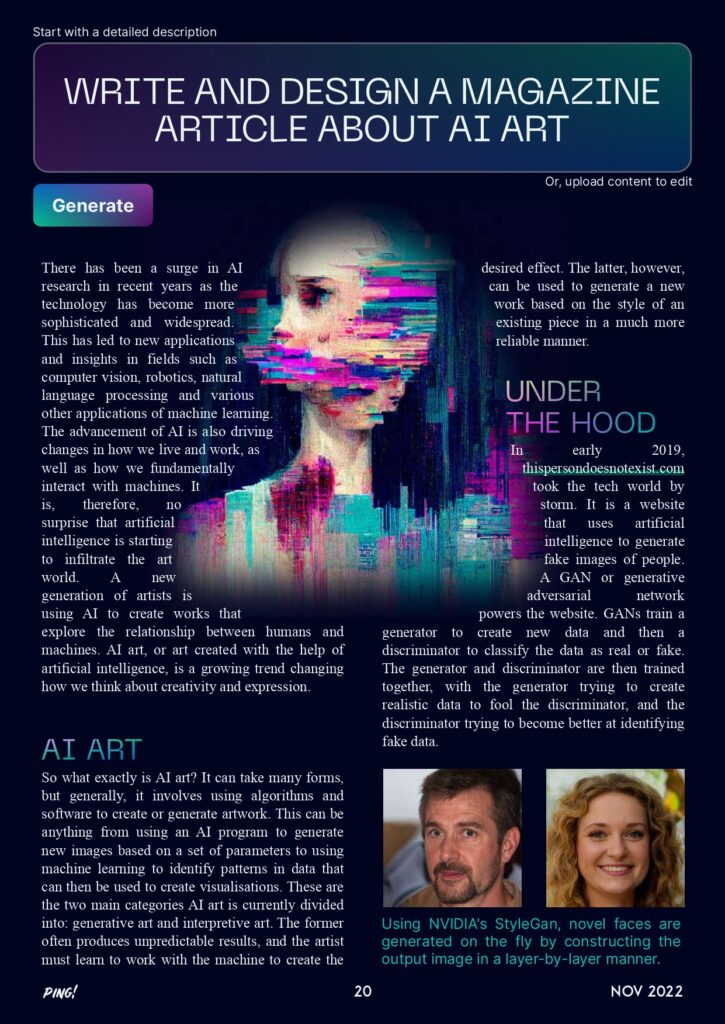
There has been a surge in AI research in recent years as the technology has become more sophisticated and widespread. This has led to new applications and insights in fields such as computer vision, robotics, natural language processing and various other applications of machine learning. The advancement of AI is also driving changes in how we live and work, as well as how we fundamentally interact with machines. It is, therefore, no surprise that artificial intelligence is starting to infiltrate the art world. A new generation of artists is using AI to create works that explore the relationship between humans and machines. AI art, or art created with the help of artificial intelligence, is a growing trend changing how we think about creativity and expression.
So what exactly is AI art? It can take many forms, but generally, it involves using algorithms and software to create or generate artwork. This can be anything from using an AI program to generate new images based on a set of parameters to using machine learning to identify patterns in data that can then be used to create visualisations. These are the two main categories AI art is currently divided into: generative art and interpretive art. The former often produces unpredictable results, and the artist must learn to work with the machine to create the desired effect. The latter, however, can be used to generate a new work based on the style of an existing piece in a much more reliable manner.
Under the hood
In early 2019, thispersondoesnotexist.com took the tech world by storm. It is a website that uses artificial intelligence to generate fake images of people. A GAN or generative adversarial network powers the website. GANs train a generator to create new data and then a discriminator to classify the data as real or fake. The generator and discriminator are then trained together, with the generator trying to create realistic data to fool the discriminator, and the discriminator trying to become better at identifying fake data.
But there’s a new cool kid in town now. OpenAI’s landmark 2021 paper ‘Diffusion Models Beat GANs on Image Synthesis’ has shown that diffusion models can achieve image sample quality superior to the generative models. “The model architectures used by recent GAN literature have been heavily explored. GANs can trade off diversity for fidelity, producing high-quality samples but not covering the whole distribution,” the paper added. Not long after, OpenAI launched DALLE, the first truly ‘productised’ text2image generator. In an avalanche of research developments, independent lab Midjourney launched its own image generator, which can be interfaced with via Discord, and Google came forth with ‘Imagen’, which seemed to beat the competition in terms of sheer realism. Stability AI’s open-source solution ‘Stable Diffusion’ was quick to follow, with a large ecosystem being built surrounding it, including photoshop plugins which can render AI-generated images right there onto the digital artist’s canvas.
The Death of the Artist?
The art competition at the Colorado State Fair in September 2022 awarded medals in all the customary categories, including painting, quilting, and sculpture. However, one participant, Jason M. Allen, used the MidJourney, as mentioned earlier, to compose, create and finetune his digital artwork. His entry, “Théâtre D’opéra Spatial”, won the first prize. Unsurprisingly, this sparked ferocious backlash from other artists who accused him of, effectively, cheating. Allen defended his writing. “I won’t apologise for it”, he declared. “I won and followed all the rules.”
As the scope and extent of the application of AI-based art programs continue to expand, the reaction from the artist community at large continues to be hostile. The foundational concern that much of the debate centres around is copyright. As with any modern intelligent system, AI art programs must be trained on existing painting. DALL-E, for instance, was trained on over 400 million pairs of images and text captions. It doesn’t take a lot to see why scraping images from the internet for training already put OpenAI on shaky legal ground.
Then comes the issue of other companies harnessing the power of AI art programs to drive in-app functionality. In September, Getty wiped all AI-generated content off its platform. “There are real concerns with respect to the copyright of outputs from these models and unaddressed rights issues with respect to the imagery, the image metadata and those individuals contained within the imagery”, told Getty CEO Craig Peters to the Verge.
On the other hand, Shutterstock has launched a grand collaboration with OpenAI, with the CEO of the latter remarking “We’re excited for Shutterstock to offer DALL-E images to its customers as one of the first deployments through our API, and we look forward to future collaborations as artificial intelligence becomes an integral part of artists’ creative workflows”.
DesAIgn Teams of the Future
DALL-E has been making waves in the design community since its very inception. In June 2022, when the Beta version of the program wasn’t even out, The Cosmopolitan teamed up with OpenAI and a digital artist named Karen X Cheng to create the first AI-generated magazine cover.
The prompt: “A wide angle shot from below of a female astronaut with an athletic feminine body walking with swagger towards camera on Mars in an infinite universe, synthwave digital art”.
Taking not-so-subtle inspiration, the designers at Ping! too, briefly considered the idea of having one of our magazine covers be AI-generated, perhaps for this very issue. The editors mercilessly shot the idea down, and our first exploration with AI art was instead relegated to a ‘d(all)esign night’. In July this year, current and former Ping! members hopped into a meeting and played around with DALL-E, testing its utility and practicality and trying to recreate some existing Ping! posters using text prompts.
The designers’ takeaways from the session helped informally formulate a model of how such tools could fit into design teams going forward. The point is initial ideation. In design, half the battle is won when the first stroke is drawn. Tools like DALL-E can effectively deal with creative block by enabling the designer to see visual prototypes of their idea. From a purely output-oriented point of view, AI art enables the conception of unique preliminary ideas at scale.
Conclusion
AI art is still in its early stages, but it has already begun to impact the art world significantly. Many established artists are incorporating AI into their practice, and the use of AI is becoming more prevalent in the work of emerging artists.
Of course, there are also some challenges associated with AI art. One big challenge is ensuring that the artwork still has a human touch; after all, part of the appeal of art is its ability to connect with us on a personal level. Additionally, there are concerns about how AI will impact the future of jobs in the creative industries; will humans become obsolete as machines become better at creating artwork?
Overall, though, the potential benefits of AI art, at least in its current state, far outweigh the challenges. As we continue to see advances in artificial intelligence technology, we can only imagine what kinds of unique and innovative artwork will be created via human-machine collaboration in the years to come!
P.S.
…gotcha, I guess?
Three of the five sections of this article have been written using GPT-3, an autoregressive language model developed by OpenAI that uses deep learning to produce human-like text. In fact, my prompt was ‘Write and Design a Magazine Article About AI Art’. My sincere apologies to you, dear reader; my intention behind this brief attempt at deception was to organically display how seamlessly AI-generated content can integrate into the creative process. I, Pratyay Suvarnapathaki, and my creative assistants: DALL-E and GPT-3 hope this was a worthwhile read.
Editors: Tejasvi Chebrolu and Pahulpreet Singh
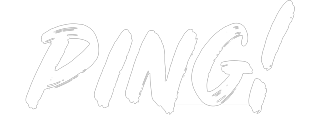
 Mama, Put My GPTs in the Ground
Mama, Put My GPTs in the Ground 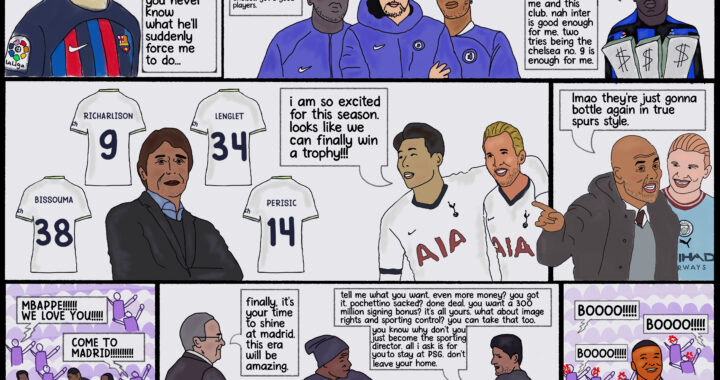 Football: The 2022/23 Pre-Season Saga Illustrated
Football: The 2022/23 Pre-Season Saga Illustrated  Code Wars
Code Wars 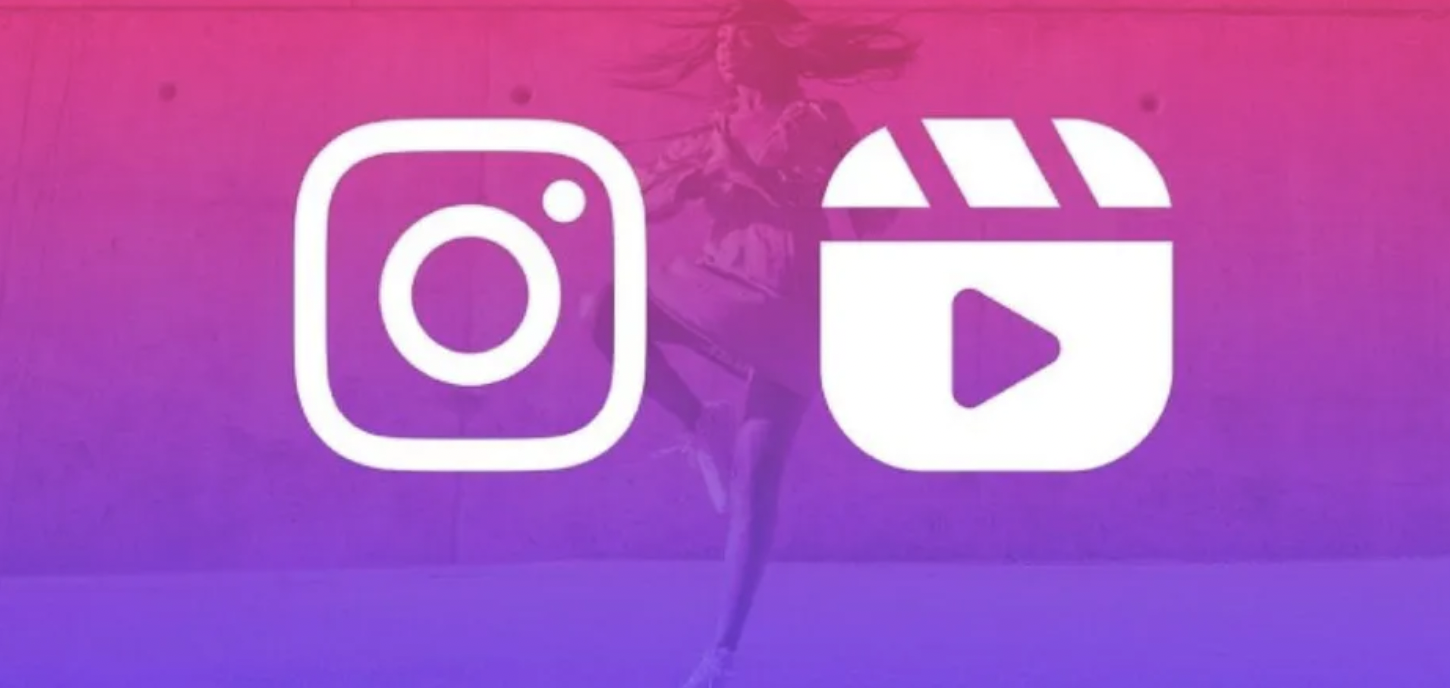 Reels
Reels  Event Overflow – April ’22
Event Overflow – April ’22  What does ‘Ee Sala Cup Namdu’ mean for RCB fans?
What does ‘Ee Sala Cup Namdu’ mean for RCB fans?  Felicity: The Price of the Party
Felicity: The Price of the Party  Have you tried turning the mess off and on again?
Have you tried turning the mess off and on again?